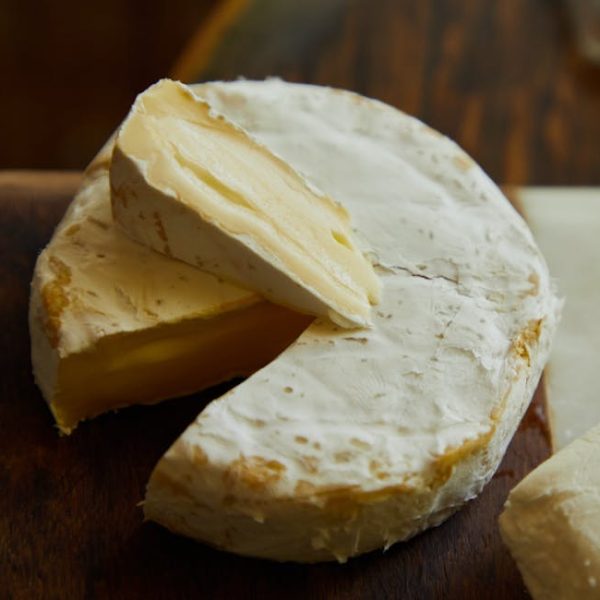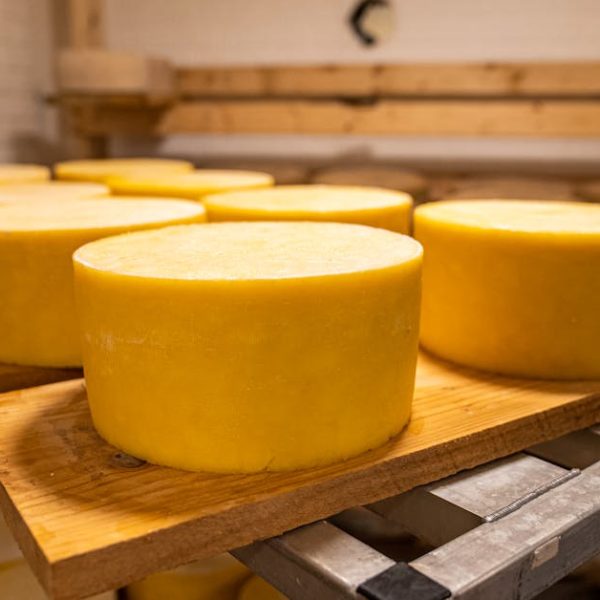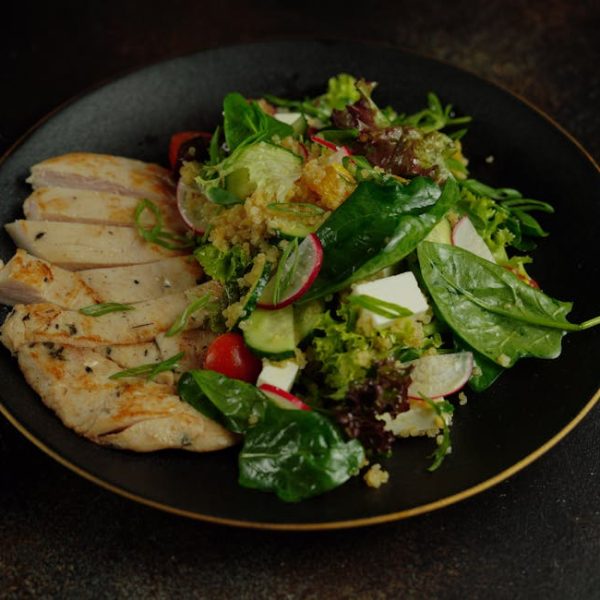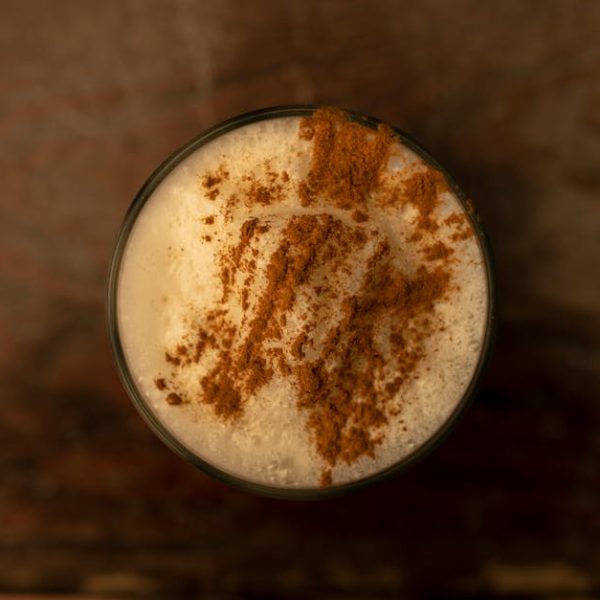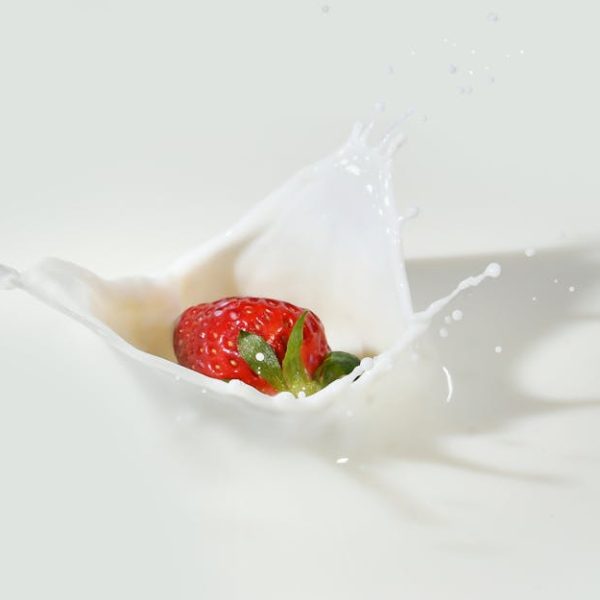Canning milk at home isn’t as complicated or risky as many people believe. With the proper steps, you can ensure your milk remains fresh for longer and avoid harmful foodborne illnesses. In this guide, you’ll find a detailed explanation of everything you need to know and best practices to follow for safely canning milk at home.
Understanding the Importance of Proper Milk Canning
Canning is a preservation method that involves storing food in airtight containers. When done correctly, canning significantly reduces the chances of milk spoiling while extending its shelf life. However, if not done properly, canning can lead to foodborne illnesses, making it crucial to follow the right steps.
Common Myths About Canning Milk at Home
Several myths surround canning milk, such as the notion that it inherently leads to spoilage, but they simply aren’t true. When milk is canned correctly, it can last up to a year!
Pro Tips For Safe Milk Canning:
Successful milk canning starts with doing it safely. Always use fresh milk and ensure your canning jars are thoroughly cleaned. Wipe the rims with vinegar to kill any residual bacteria before sealing.
Step One: Choosing and Preparing Your Milk
The quality of your milk greatly impacts the canning process and final product. Always use fresh milk; stale milk has a higher chance of fouling during canning.
Best Practices for Selecting Milk:
- Choose whole milk or 2% milk. These have enough fat content to withstand canning temperature.
- Always use fresh milk to increase the shelf life of the canned product.
- Avoid using flavored milk, as additives might affect the canning process.
Checklist for Preparing Milk:
- Preheat the milk to kill any bacteria present.
- Skim off any foam, if desired.
- Allow the milk to cool before starting the canning process.
Step Two: Sterilizing Your Canning Jars
Having sterilized jars is essential for a successful canning process. Any bacteria present in the canning jars can spoil the milk, regardless of how fresh it is.
Methods of Sterilizing Jars (Pros and Cons)
| Methods | Pros | Cons |
|---|---|---|
| Dishwasher | It’s easy and convenient, especially if you’re sterilizing several jars. | If your dishwasher doesn’t have a high-temperature setting, this method may not fully sterilize the jars. |
| Boiling Water | It’s guaranteed to kill all bacteria on the jars. | It requires careful handling to avoid burns, and it can be time-consuming if you’re doing a lot of jars. |
| Oven | It’s easy and doesn’t require any special equipment. | There’s a risk of thermal shock if the jars cool down too quickly, which can cause them to break. |
Pro Tips for Jar Sterilization:
Ensure the jars are fully dry and heated before use to prevent any sudden temperature changes which might cause cracks. Inspect each jar for nicks or scratches because these imperfections also pose a breakage risk.
By following these guidelines, you’ll have safely prepped milk and sterilized jars, setting a firm foundation for the canning process. The next steps involve sealing your jars, processing, and then enjoying!
Step Three: Filling and Sealing the Jars
The goal is to create an environment for your milk that is free from air and bacteria. So, to do this, we fill our sterilized jars with milk, leaving enough headspace, and seal them properly to create a vacuum seal.
Checklist for Filling and Sealing Jars:
- Ladle or pour the milk into the jars, be careful not to splash.
- Leave 1 inch of headspace, which is the space between the milk and the top of the jar.
- Wipe the rim of the jar with a clean, damp cloth or paper towel.
- Place the lid on the jar and then add the band.
- Tighten the band just fingertip tight.
Potential Pitfalls:
Keep in mind not to overfill or underfill the jars. Overfilling can prevent the creation of a vacuum seal, while underfilling can result in discolored milk. Ensure the rims are clean before sealing; residue may inhibit a proper seal.
Step Four: Processing the Milk in a Pressure Canner
A pressure canner is an essential tool when canning milk. It creates a high-temperature environment that kills off bacteria, yeasts, molds, and enzymes that could spoil the milk.
Best Practices for Pressure Canning:
- Read the manufacturer’s instructions on using your pressure canner.
- Adjust the pressure based on your altitude. Higher altitudes require higher pressure.
- Let the pressure canner cool by itself; this helps ensure a proper seal.
Pros and Cons of Pressure Canning:
| Pros | Cons |
|---|---|
| Creates a higher heat level than boiling water, ensuring the milk is free from harmful bacteria. | Pressure canners can be expensive. |
| It’s the only safe method to can low-acid foods like milk. | Requires more attention during the canning process as the pressure needs to be regularly checked. |
Step Five: Testing, Storing, and Using Canned Milk
Now that you’ve safely canned your milk, it’s time to test, store, and eventually use it!
Testing Seals:
After the jars have cooled, test the seals by gently pressing in the center of each lid. If it flexes up and down, the jar is not properly sealed and should be refrigerated and used first.
Storing Canned Milk:
Store your canned milk in a cool, dark place, ideally between 50°F (10°C) and 70°F (21°C). The canned milk should store safely for up to a year.
Using Canned Milk:
Canned milk is not just for drinking. It’s perfect for your morning cup of coffee, or you can use it in baking, making smoothies, or even homemade ice cream.
Pro Tips For Long-lasting Milk:
Rotate your stock; use the oldest jars first to keep your supply fresh. Always conduct a visual inspection before using canned milk; signs of spoilage may include cloudiness, mold, or off smells. If in doubt, throw it out.
With these 5 simple steps, you can extend the shelf life of milk, allowing you to enjoy the freshness of milk, anytime, any day. So, why not give it a try? Happy canning!
Key Takeaway:
- Undertaking proper milk canning procedures at home is critical to preserving its freshness and preventing foodborne illnesses.
- The use of fresh, high-quality milk is necessary for successful canning, and pre-preparation steps such as preheating, skimming, and cooling are recommended.
- Sanitization of canning jars is crucial; different sterilizing techniques bear their own pros and cons, and users must ensure jars are fully dry and devoid of nicks or cracks prior to use.
- Filling and sealing the jars requires precision, leaving about an inch of headspace, and tightening the jar lid just enough to create a vacuum seal.
- Using a pressure canner is ideal for this process as it maintains a high-temperature environment required to get rid of possible bacteria and other harmful elements in the milk.
- The final step involves testing seals on cooled jars, storing the canned milk in cool, dark places, and using the stored milk within a year.
Delve into the rewarding world of home canning. Discard any apprehensions regarding milk canning; outlined in this guide are foolproof steps that ensure safety and extend your milk’s shelf life substantially. Remember to always observe cleanliness and rigorous assessment during the entire process, and soon enough, fresh milk will be right at your fingertips anytime you need it.
FAQs
Q: What types of milk can I safely use for canning?
A: The higher fat content in types such as whole milk and 2% milk makes them ideal for canning. However, always avoid using flavored milk due to possible additives that could affect the canning process.
Q: How long does canned milk last?
A: If done correctly, canned milk can last up to a year. However, ensure to use the oldest jars first to keep the rest of your stock fresh.
Q: What part does a pressure canner play in this process?
A: A pressure canner is necessary for the canning process, as it creates a high-temperature environment vital in eliminating bacteria, yeasts, molds, and enzymes that could spoil the milk.
Q: How can I test the seals of my canned milk?
A: After your jars have cooled, gently press the center of each lid. If it flexes up and down, the jar is not properly sealed and should be immediately refrigerated and used.
Q: What are some uses for canned milk?
A: Canned milk is not restricted to only drinking. It can also be used in culinary applications, such as making your morning coffee, baking, creating smoothies, or for homemade ice cream.
Why not share this informative guide on how to safely can milk at home? Together, let’s make strides towards fresh, nutritious drinks all year round. Explore more posts on home canning and other DIY tips within this site!


